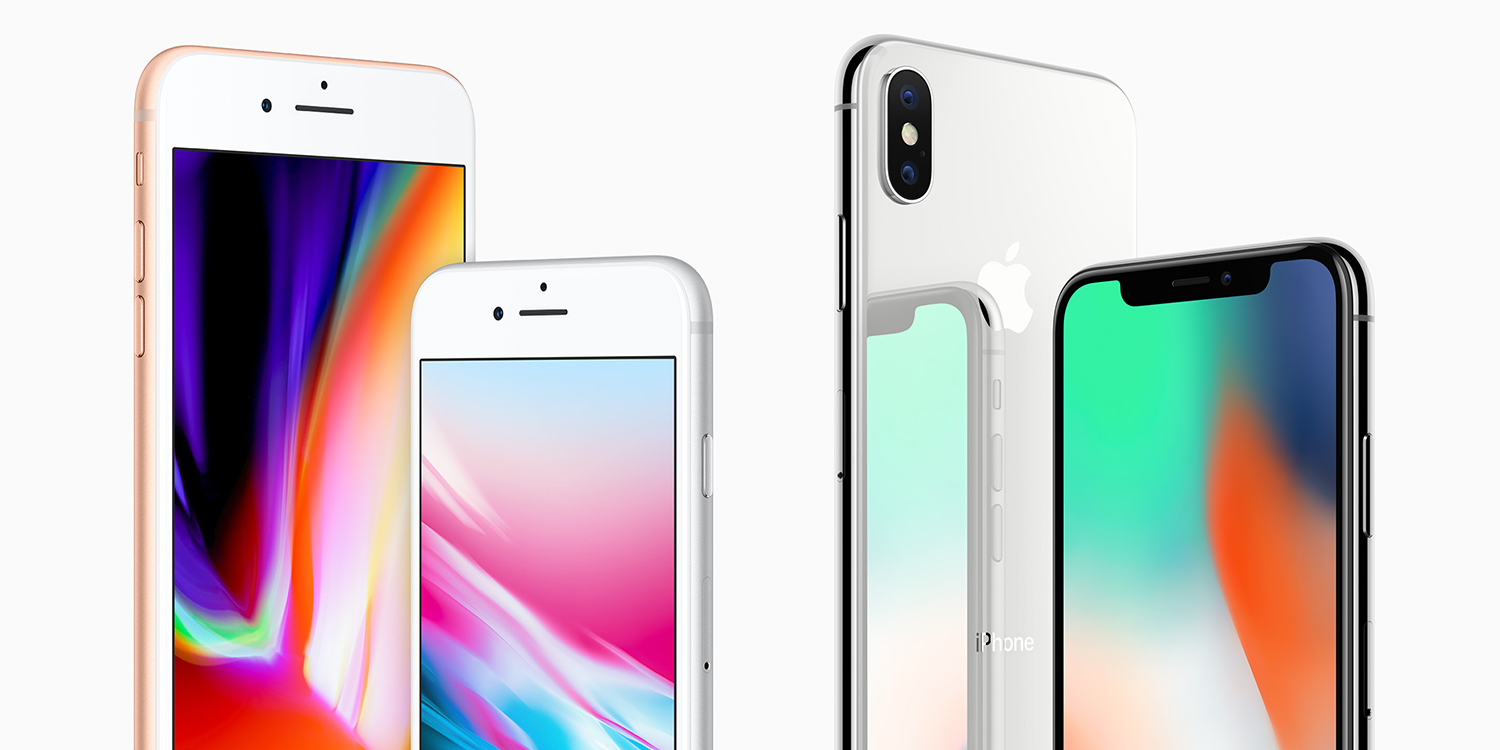The iPhone line-up has grown. Here’s how to buy the one that’s right for you

Your steam-powered iPhone isn’t going to survive much longer. It’s been dunked in coffee, barely runs Safari, and is prone to randomly turning off in a sulk. But on visiting the iPhone page on Apple’s website, and playing with the comparison tables, you’re left baffled.
It’s no wonder. Since Apple’s recent Special Event, the iPhone range has grown substantially. There’s last year’s iPhone 7 and 2015’s iPhone 6s. There’s the iPhone 8. And all three of those come in standard and ‘Plus’ sizes. Then, bookending the range is the iPhone X (“Say hello to the future”) and the iPhone SE (“A big step for small.”)
Oh, and did we mention storage capacities yet? Argh!
Choosing an iPhone is a complex decision. So here’s how to make sure you don’t make an expensive mistake.
Decide on a budget
It’s easy to be tempted by new and shiny technology, but there’s no point in bankrupting yourself buying an iPhone. If you’re buying a unit outright, rather than on a plan with a carrier, figure out what you can afford and optimize your purchase accordingly. (We’ve some tips on how later on.)
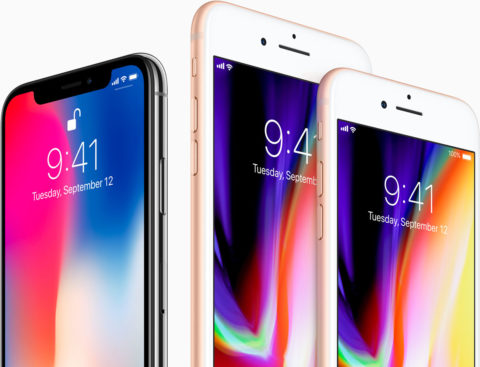
Which iPhone you buy will depend on your budget – but specs should factor into the equation
In some countries, Apple can help by way of its upgrade program. This spreads the cost of an iPhone purchase (combined with mandatory AppleCare+) over 24 months (in the USA; it’s sometimes less elsewhere), and you’re not charged interest. So rather than paying a grand in one go for a new iPhone X, you can get one for under $50 per month. Also, once you’ve made 12 payments, you’re entitled to an upgrade.
Visit an Apple Store
The iPhone is an inherently personal device. It’s used often, and not stashed away. It cannot be unwieldy. Weight, dimensions, and feel are therefore important considerations – and everyone responds to these things differently.
A guiding rule is to not make assumptions. You might think people with smaller hands should buy a relatively tiny iPhone SE, but plenty of such folks rave about iPhone Plus models, and simply use them two-handed.
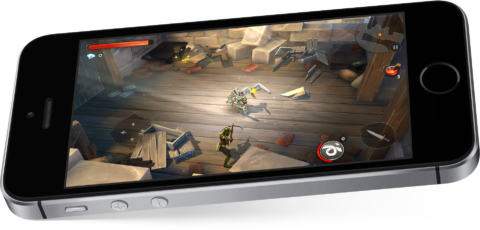
Get to an Apple Store, to test how the phones feel, given how varied they are in size and weight
So visit an Apple Store. Go when it’s not too busy, and plan to spend time experimenting with the display models. You might feel self-conscious, but realize you’re making a decision to spend hundreds of dollars, pounds or euros on a phone you may own for years. Take your time, and make sure you get the one that feels right for you.
Don’t dismiss older iPhones
Apple’s current line-up includes 2016’s iPhone 7, 2015’s iPhone 6s, and the iPhone SE – a hybrid of 2013’s iPhone 5s and some modern internal components. If you can afford it, go for a newer model. Apple will support it for longer with iOS updates. However, be cautious of the very cutting edge and unproven technology – for example, will Face ID on the iPhone X work as well as Touch ID on older devices? Who knows?
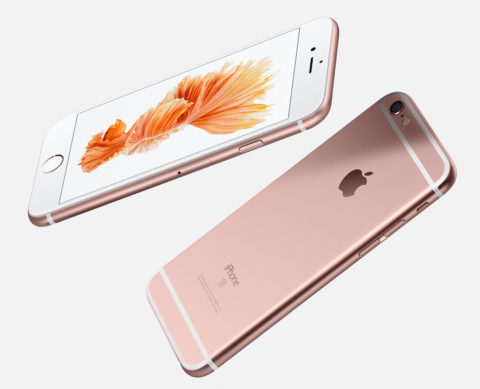
A 6s isn’t new, but is still a capable phone
There’s also a big difference in pricing. Let’s ignore outlier models for a moment and concentrate on the 8, 7, and 6s. Respectively, they start from $699, $549, and $449. We’d recommend staying away from the oldest models, if possible, but if your budget has left you considering a 64 GB iPhone 8 at $699, and a 128 GB iPhone 7 at 50 bucks less, the latter might be the better buy.
Carefully consider storage
Following on from that previous point, iPhones come in two storage capacities. The iPhone X, 8 and 8 Plus come in 64 GB and 256 GB flavors. For older devices, you choose between 32 GB and 128 GB.

Whichever iPhone you buy, strongly consider getting the larger capacity model
Our advice is to buy the largest capacity you can afford. There’s no way to expand onboard iPhone storage, and although you can in some cases use cloud storage, this is limited to certain services and apps, and comes with its own associated costs. (There’s a reason Apple’s services division – which includes iCloud Drive – is the fastest-growing part of the company.)
With newer devices that shoot very high-quality photos and 4K video, even 64 GB could rapidly become a squeeze – especially if you also plan to stuff your iPhone full of apps, locally downloaded music, and games (many of which clock in at 1 GB or more each).
Figure out which specs matter to you
Some specs are less important than others. Apple’s newest iPhones work with Qi wireless chargers, but that’s a nice-to-have, not an essential. The iPhone 7 and newer devices are splash, water and dust resistant, but the 6s and SE are not – which might be important when using your iPhone in scenarios where it could be damaged by such things.
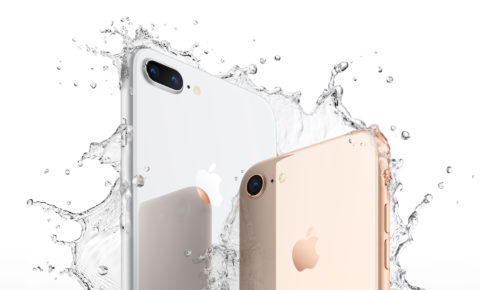
Some iPhones are splash resistant – although do avoid intentionally dunking them
For many, the camera is vital. All current iPhones have pretty great cameras, but move up from a 6s to a 7 and you get optimal image stabilization and wide color capture. Go for a 7 Plus, and you get Portrait mode. 8 Plus? A more powerful zoom. iPhone X? Dual optical image stabilization. If you’re baffled by such terms, even the SE will do for taking the odd snap – it has the same 12MP shooter as the 6s. If you’re really into photography, though, you’ll want something better.
Choose the best screen and processor
Elsewhere, the display and processor are key iPhone components. Again, all iPhone displays impress, but those on Plus models are sharper, and the iPhone X’s is sharper still. These iPhones also have more pixels to play with, and so show more content on the screen at any given time – handy if you use the iPhone with productivity apps. And some people just like a bigger – or smaller – screen, depending on their needs. We again refer you to the “get yourself to an Apple Store” point.
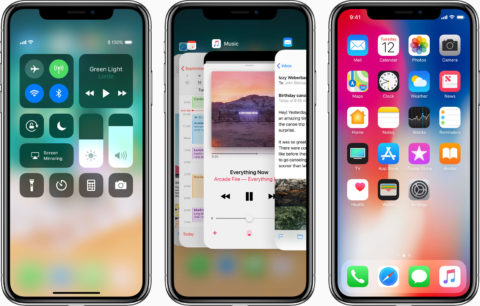
The iPhone X has the best display ever seen in an iPhone
Regarding the processor, Apple’s latest iPhones have an insanely powerful A11 chip. The 7 range has the A10, and the 6 range and SE have the A9. You don’t need to know the ins and outs, just that the newer the phone, the more powerful the processor. If you’re planning on fiddling around on Facebook, email and Netflix, none of this matters – prioritize other specs. But if you’re an avid gamer, use your iPhone for digital painting, or are a keen musician with a collection of iOS synths, you may find an older device struggles. Buy accordingly.
So which iPhone should you buy?
To succinctly sum up this article, prioritize your budget, and then get to an Apple Store to spend time with a range of iPhones. You should by then be able to remove some iPhones from the equation. Beyond that, prioritize storage, unless you have a pressing reason to consider something else vitally important.
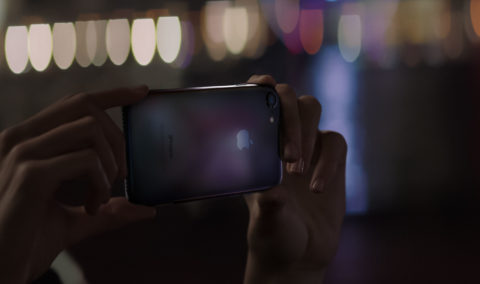
iPhones are not created equal when it comes to their cameras
If you want us to finally get specific:
- The iPhone SE is worth considering if its small form factor appeals and you’re a relatively light app user.
- The 6s series iPhones are now good value, but probably only have another year or so of good use in them. Go for a 7 or 8 if you can afford to.
- The iPhone 7 Plus, iPhone 8 Plus and iPhone X are all worth considering for photographers, due to their camera smarts.
- Gamers should prioritize newer devices, but also be mindful of their physical dimensions. Small thumbs might not reach all controls on larger iPhones. An iPhone 8 is a good starting point.
- For digital painters and musicians, and people using other complex, power-hungry apps, consider an iPhone 8 Plus or iPhone X, due to the combination of sheer power and a larger display.
- Those using productivity apps that work well on a larger screen, but don’t need much power (such as word processes, spreadsheets, and PDF apps), should consider an older Plus iPhone, like the iPhone 7 Plus.
- And for those who must be on the cutting edge, it’s only ever going to be the iPhone X, right?
